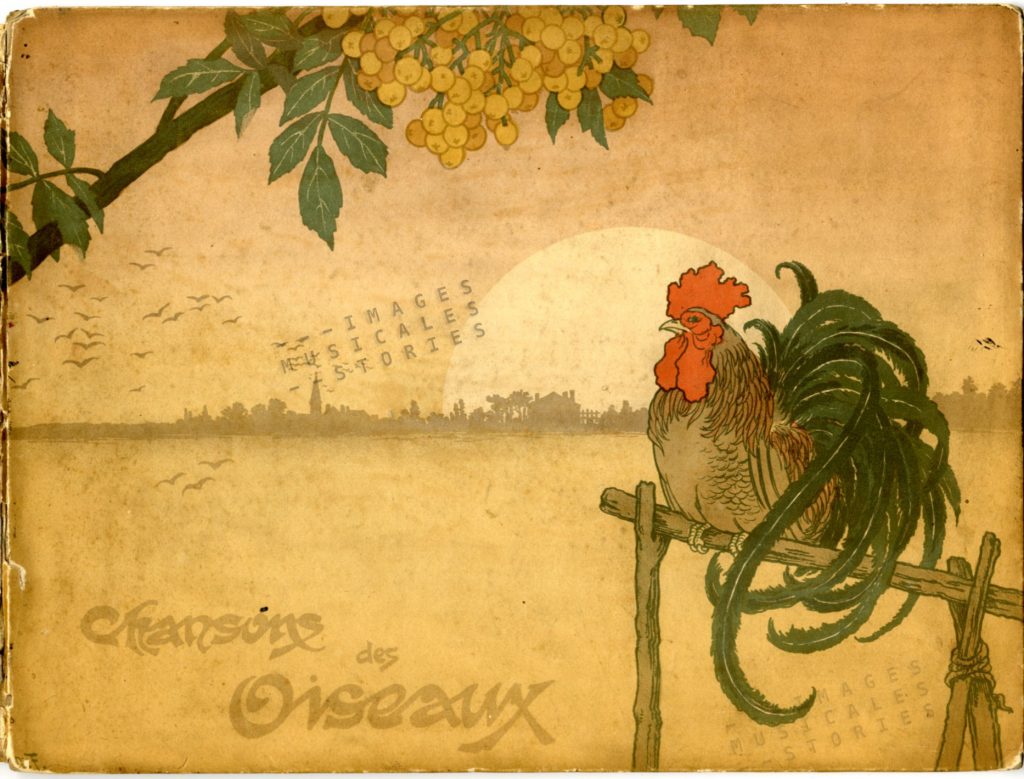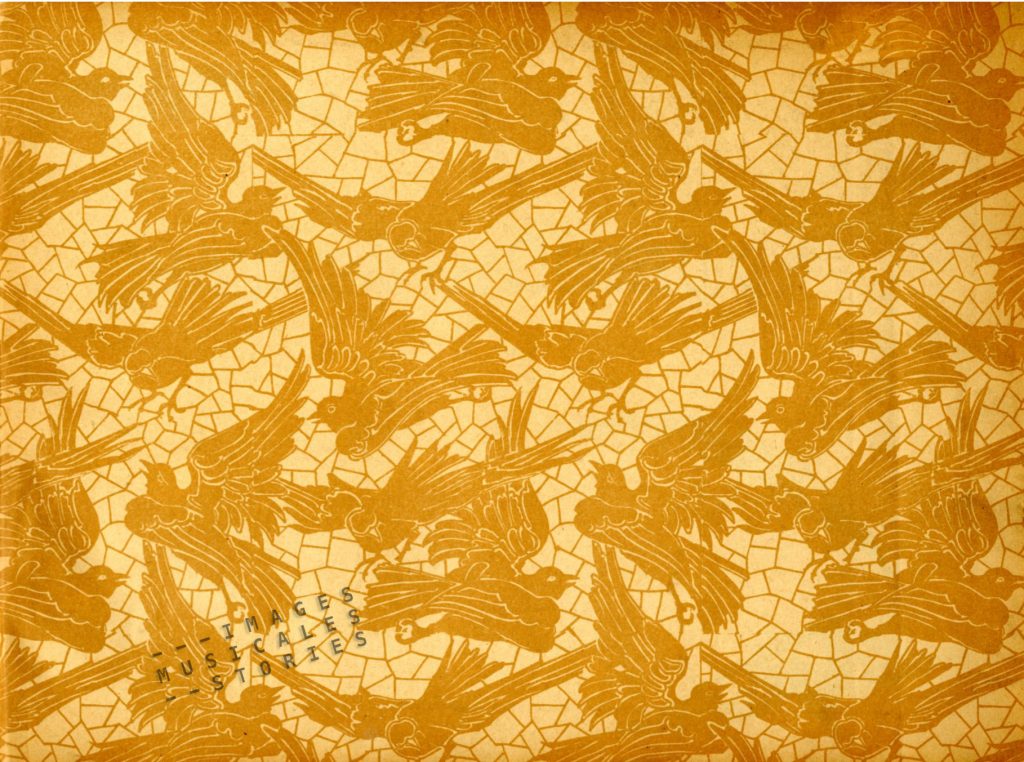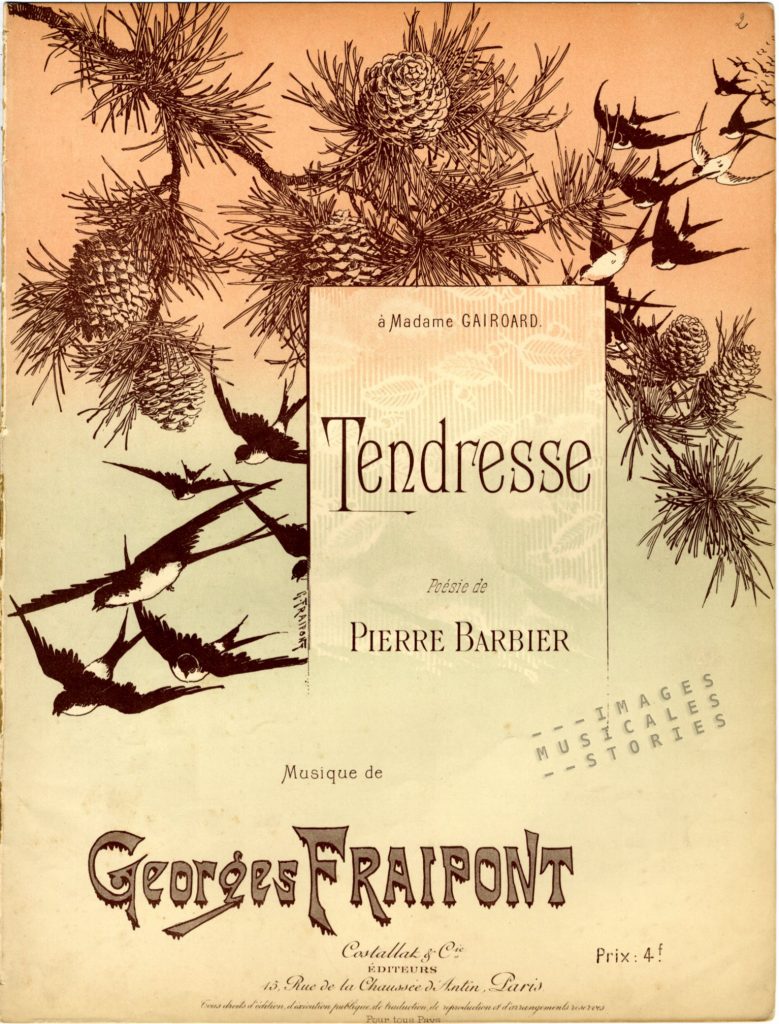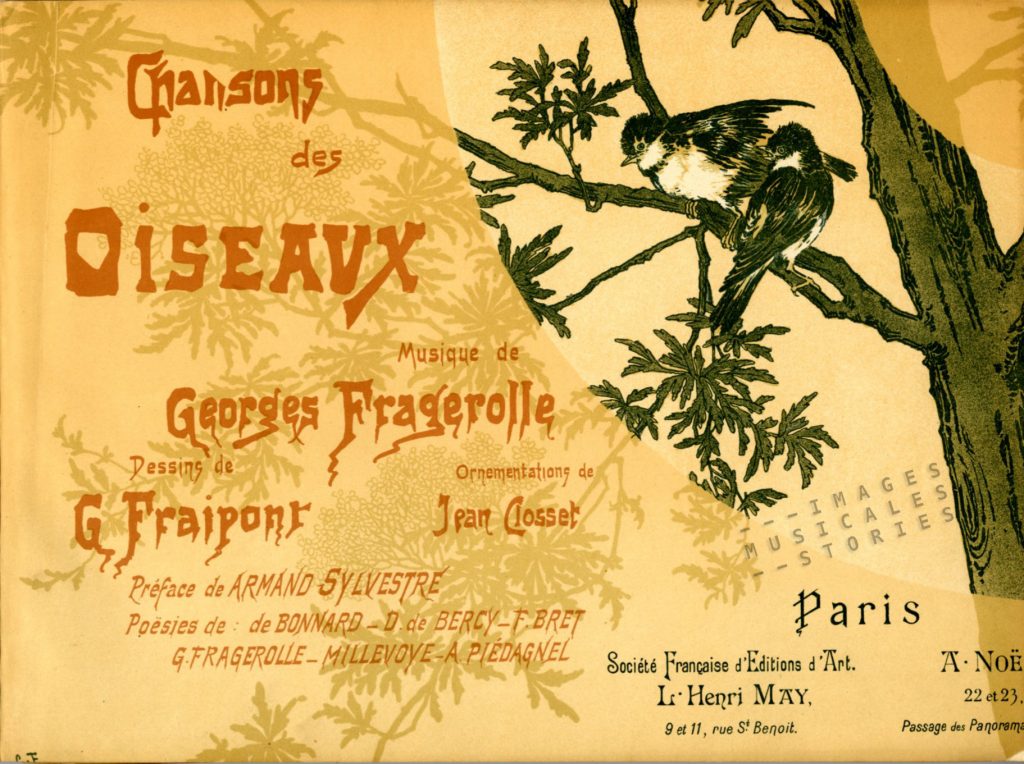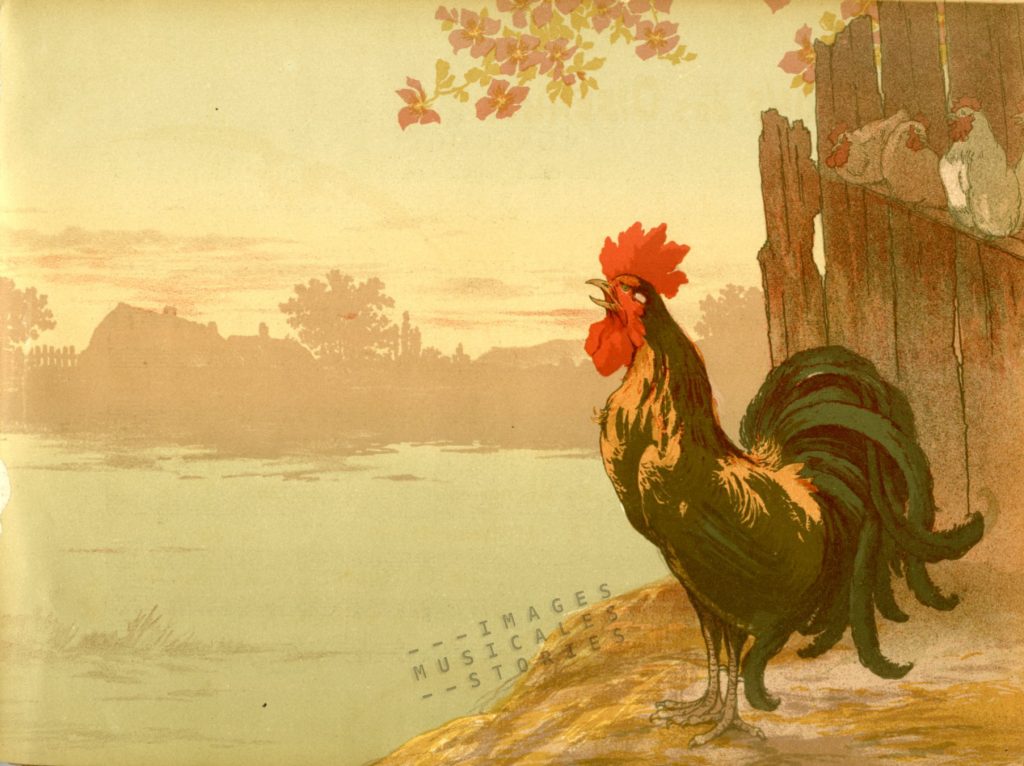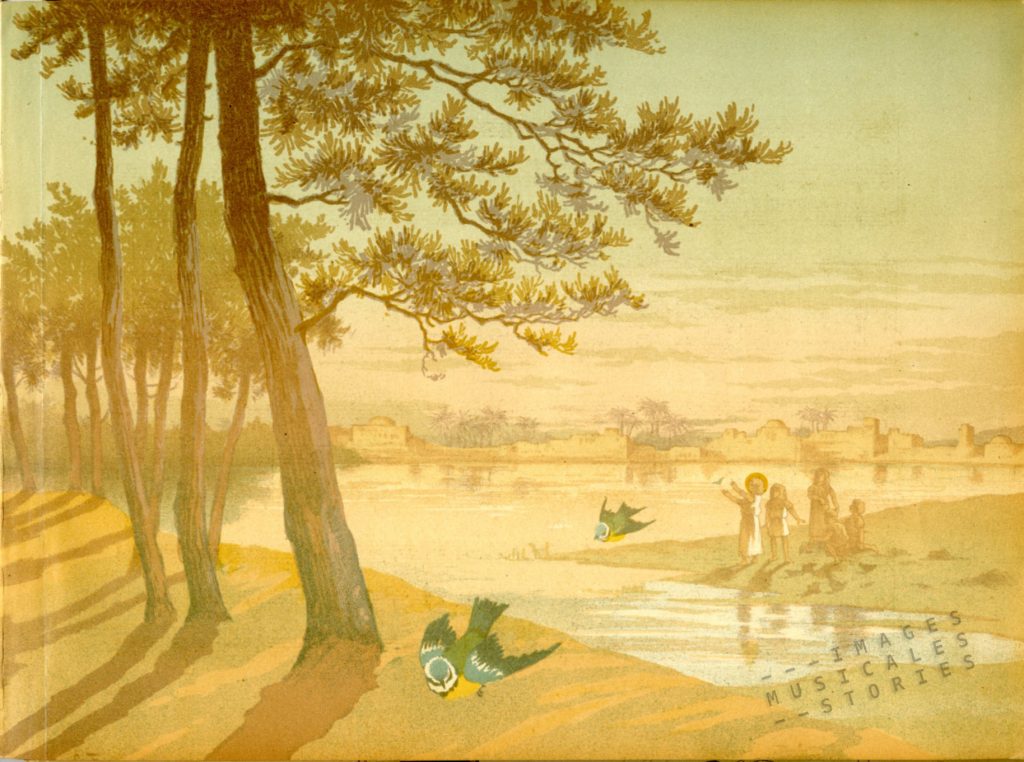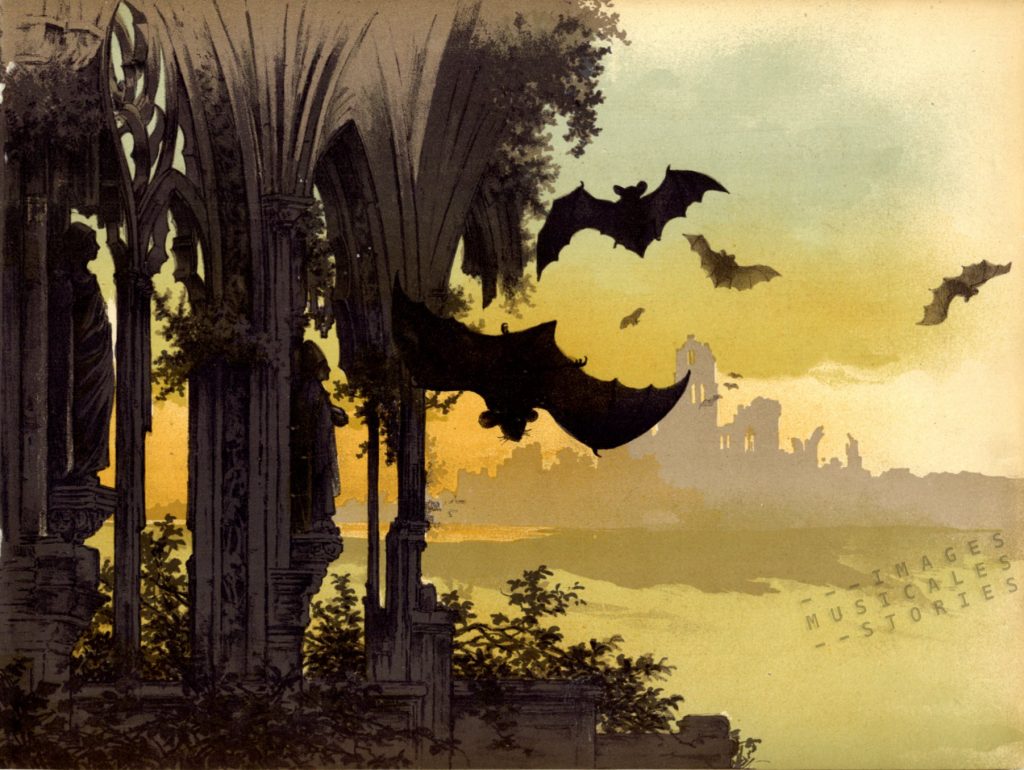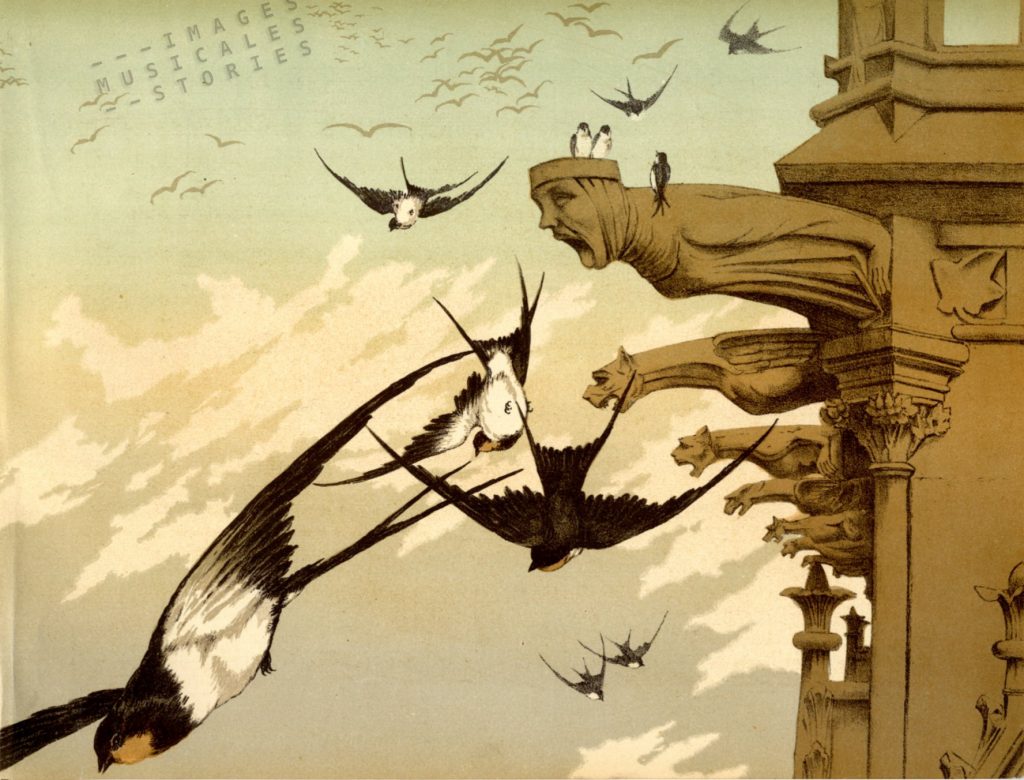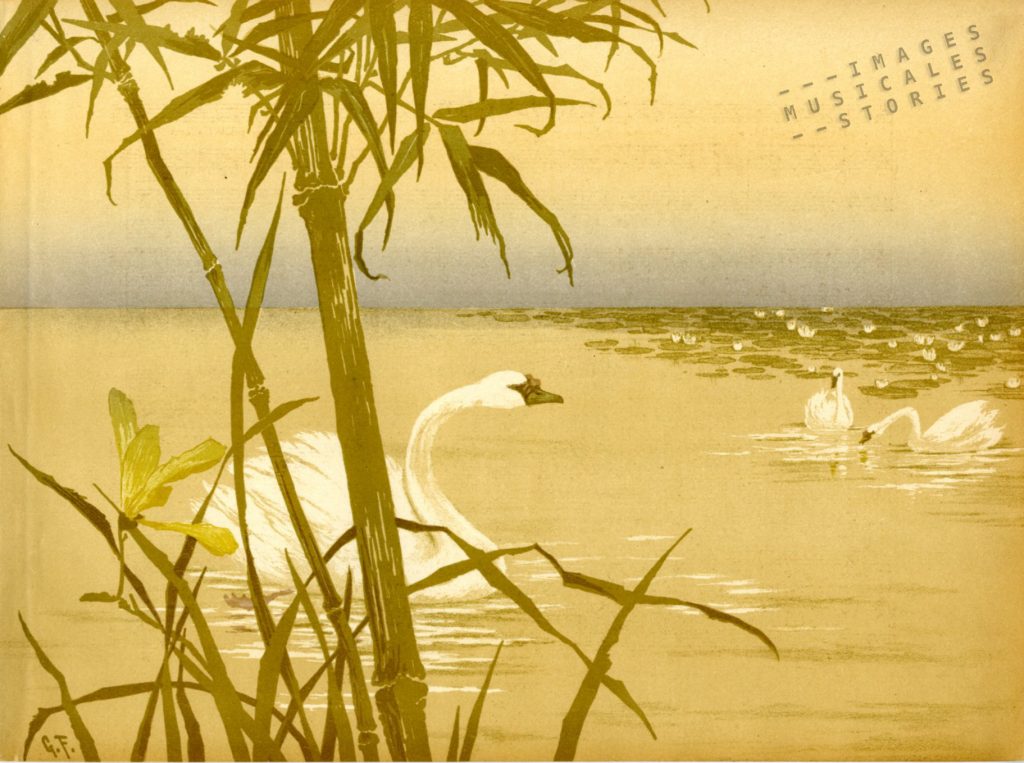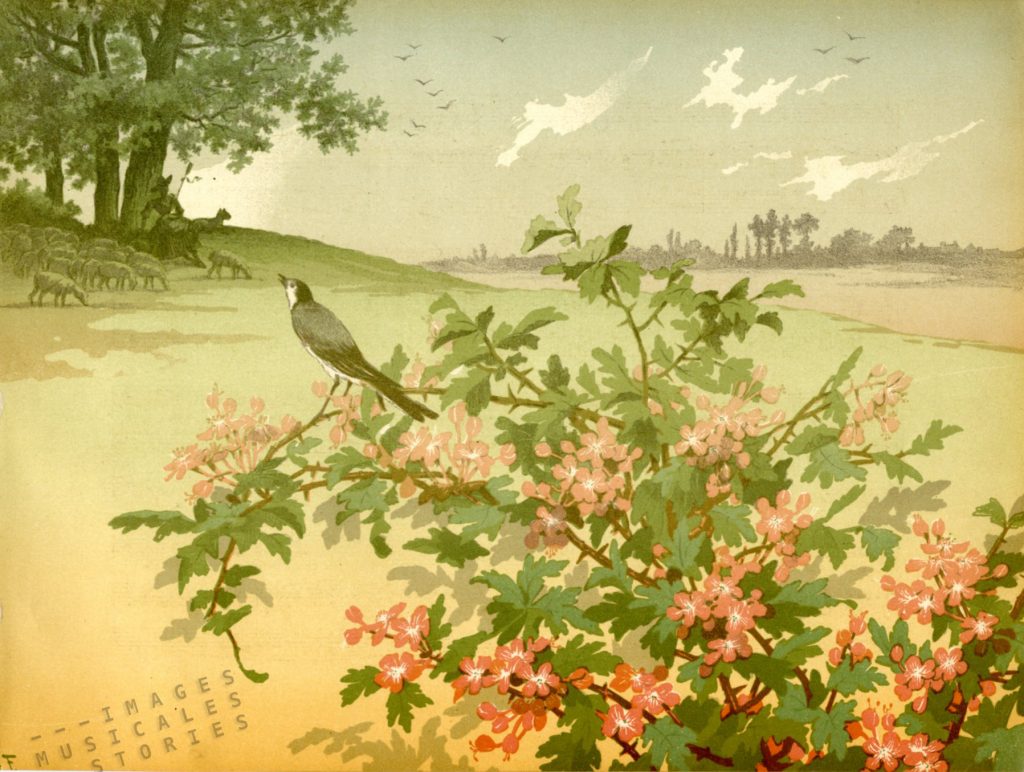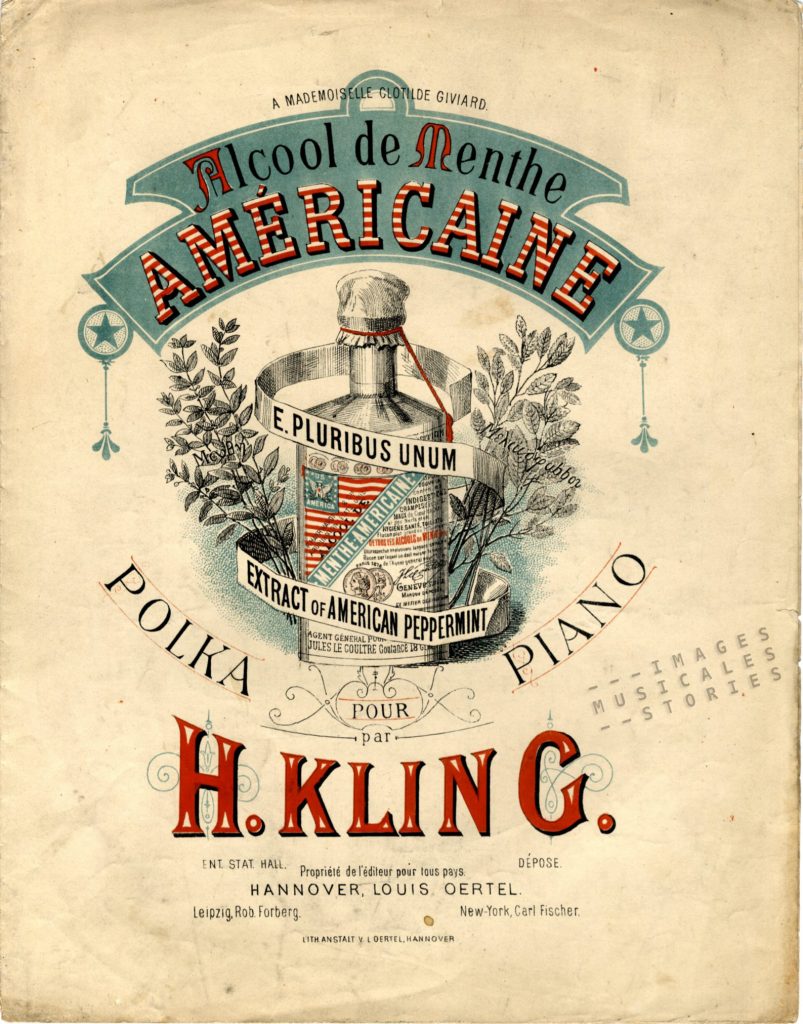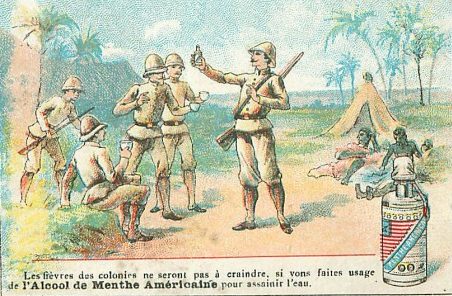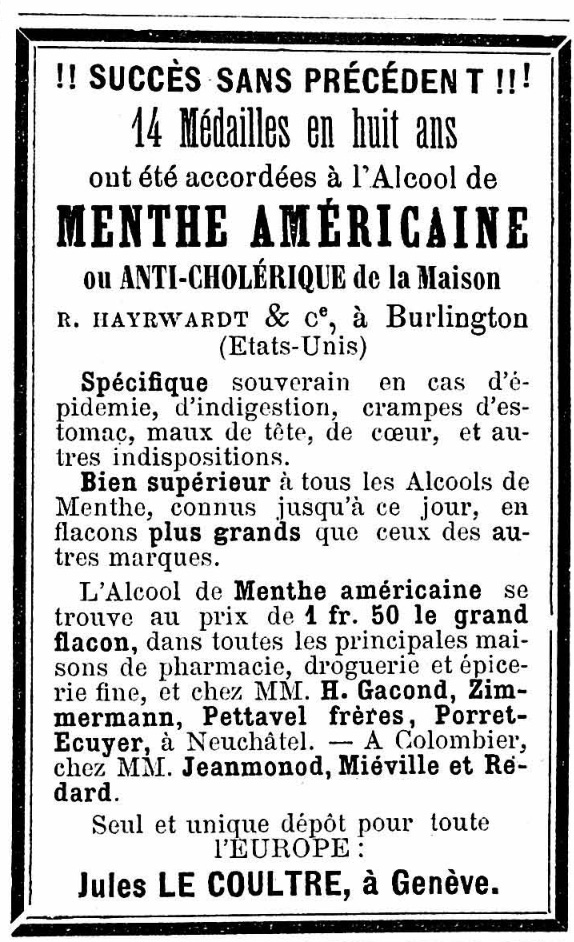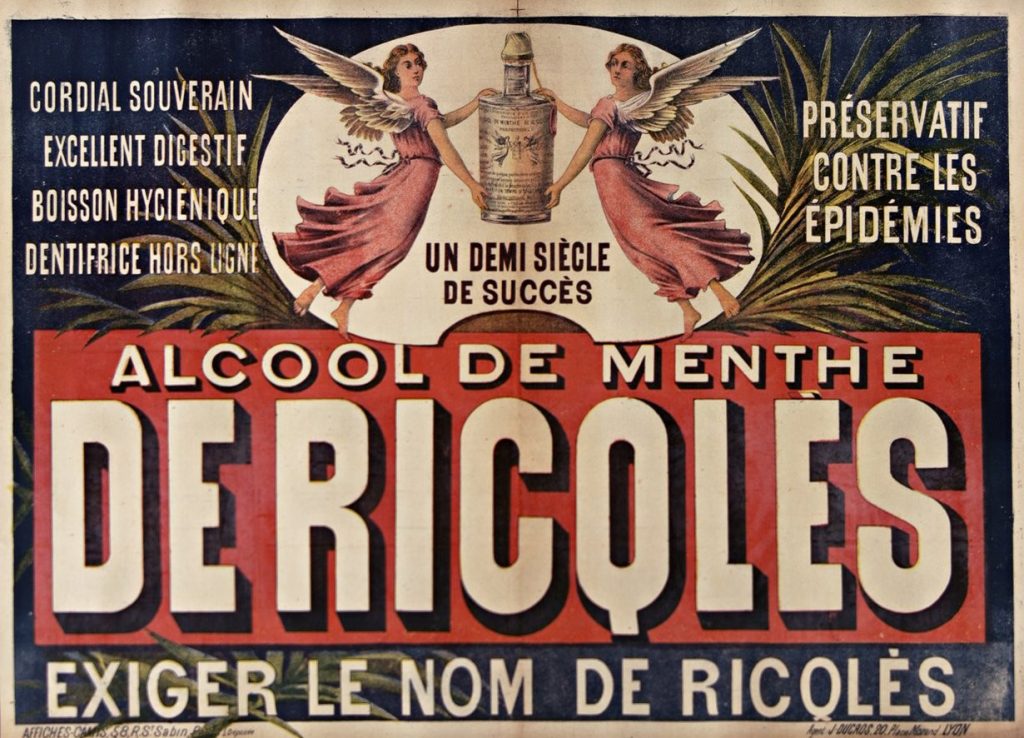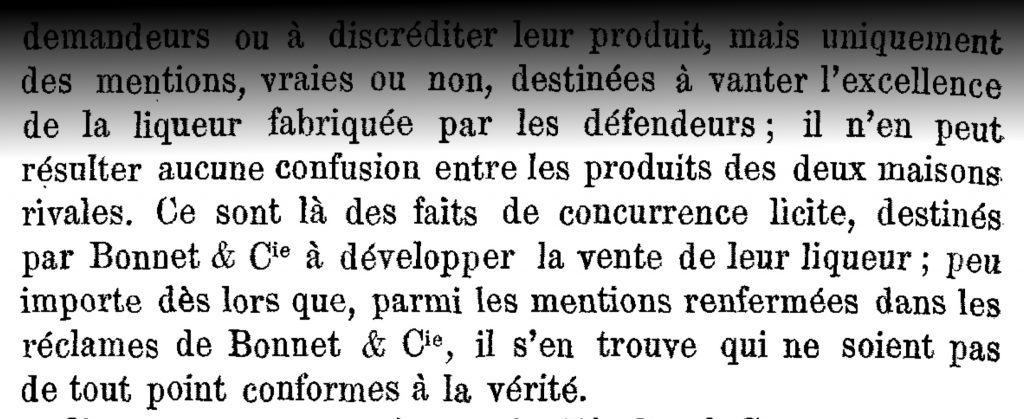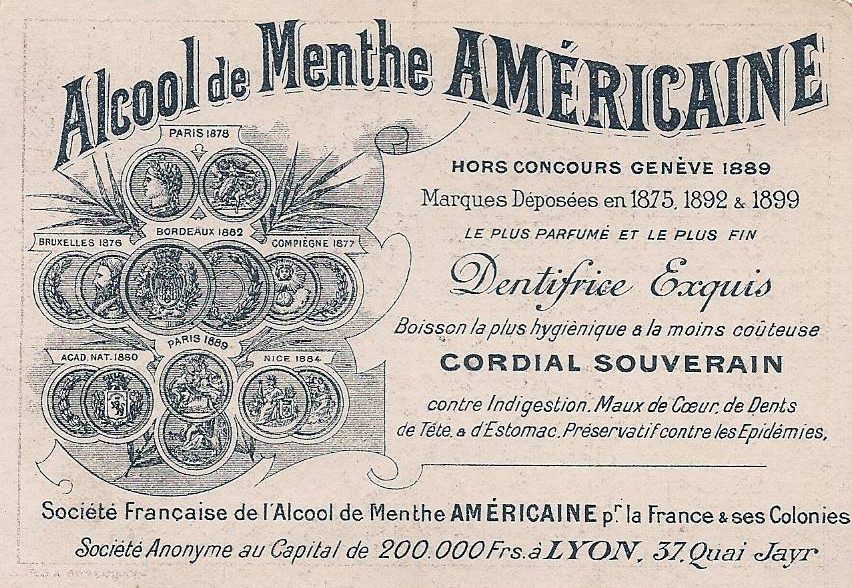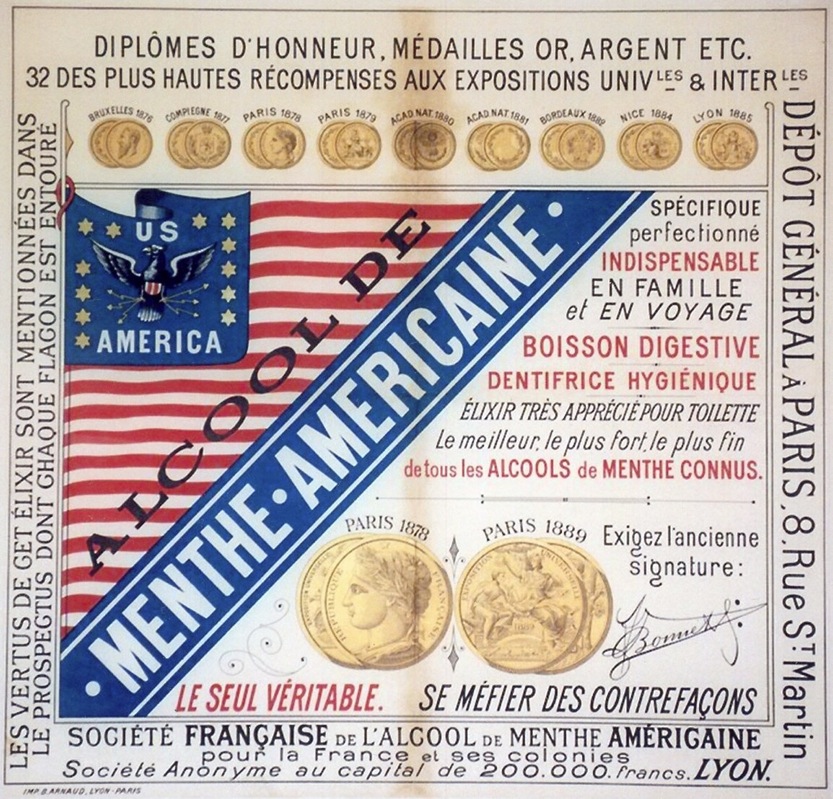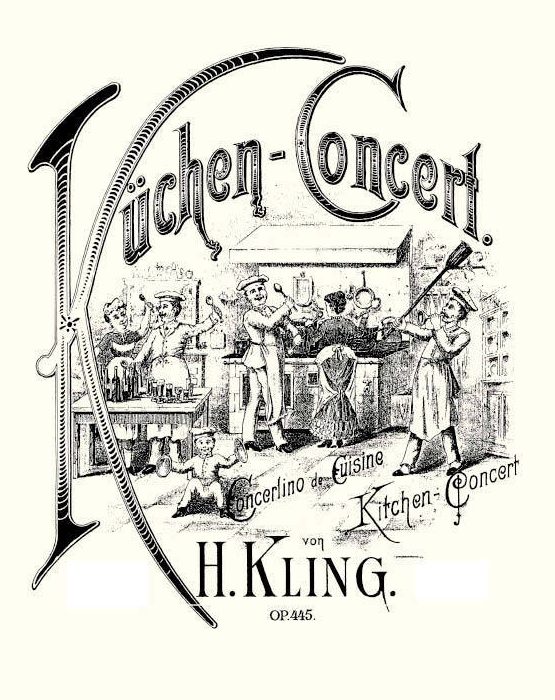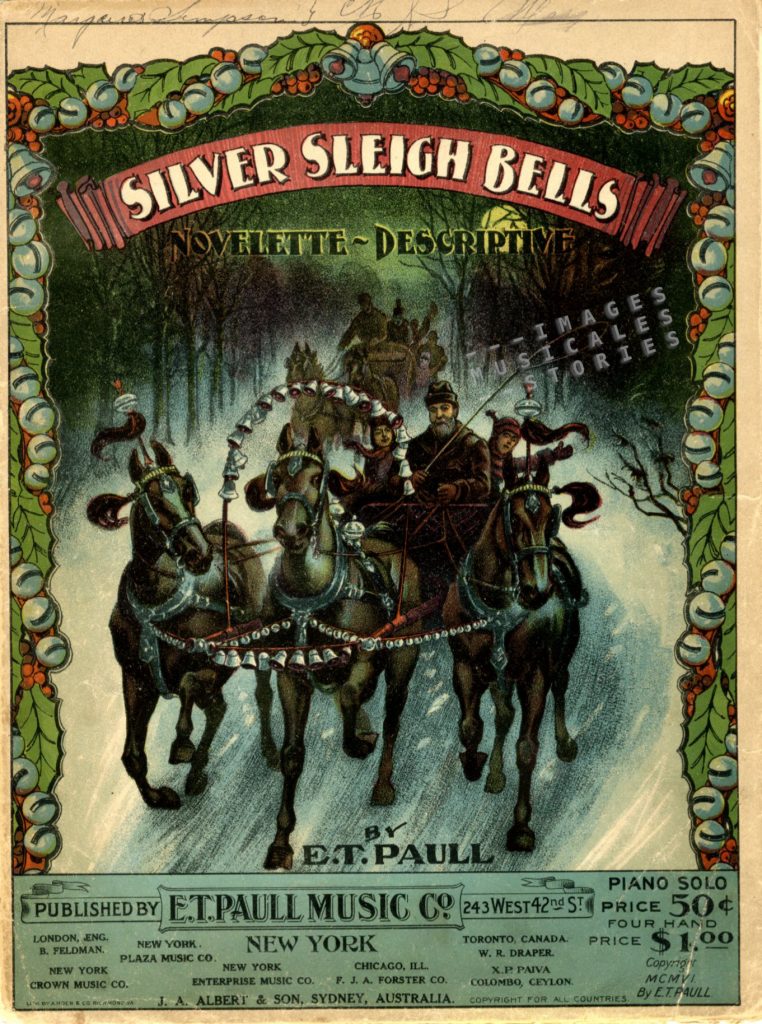
All aboard! Here is your fast ride to the Christmas excitement. Prepare for throngs of frenzied shoppers, glühwein, noisy Santas and their tiresome ho ho’s.
This week it is composer-businessman E. T. Paull who sets the start of our story. Edward Paull (1858-1924) was an American publisher who master-minded a perfect mix of image and music. An attractive and dramatic cover is the best way to market your music, he must have thought. On the other hand, he also wanted his compositions to tell stories, and to that purpose he even added explanatory notes inside the sheet music!
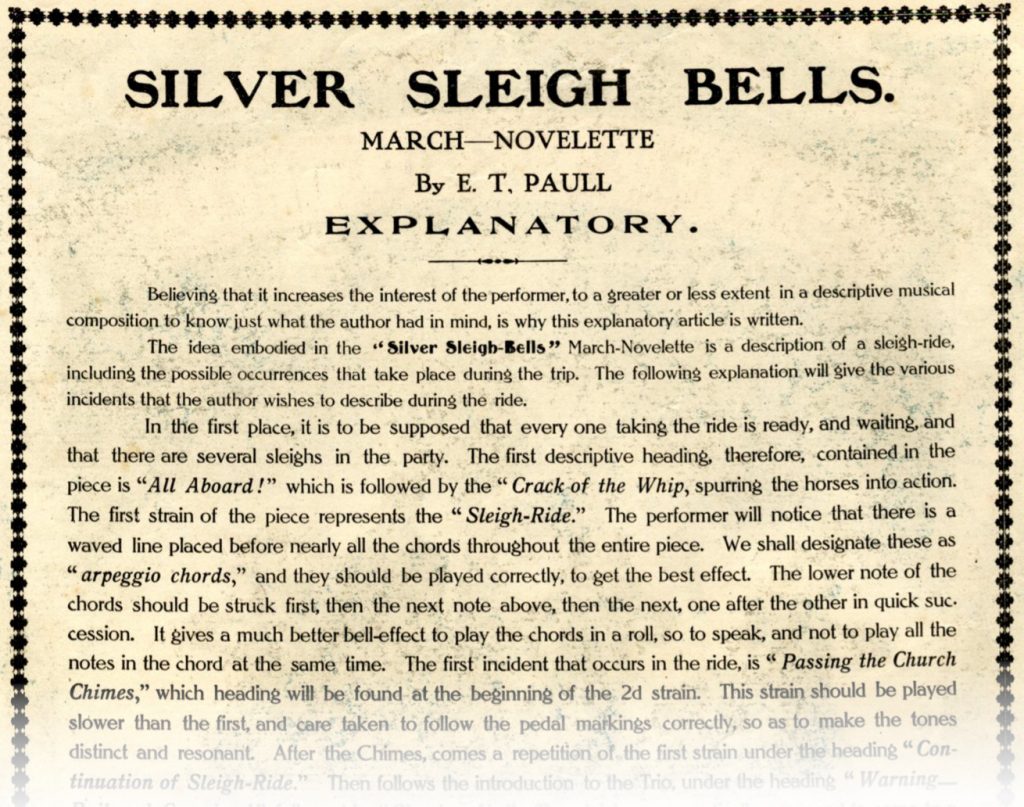
Sheet music from E. T. Paull has long been considered as the crème de la crème amongst US collectors, not in the least because Paull boasted on using the five colour process of his lithographers A. Hoen & Company. But ink transfer from the stone to the paper is a delicate process. It can go wrong.

I am not a connoisseur of E. T. Paull’s work. That’s why I refer to interesting sites on the subject at the end of this post.
Unfortunately, the topic of Christmas has inspired many illustrators and publishers to dull and bland covers. However, some designers went out of their way to avoid stereotypes and succeeded in creating striking cover illustrations. For your entertainment and fine taste, we selected some of these ‘original’ sheet music. Consider it your Christmas gift from Images Musicales.
Happy Christmas and have a good time!
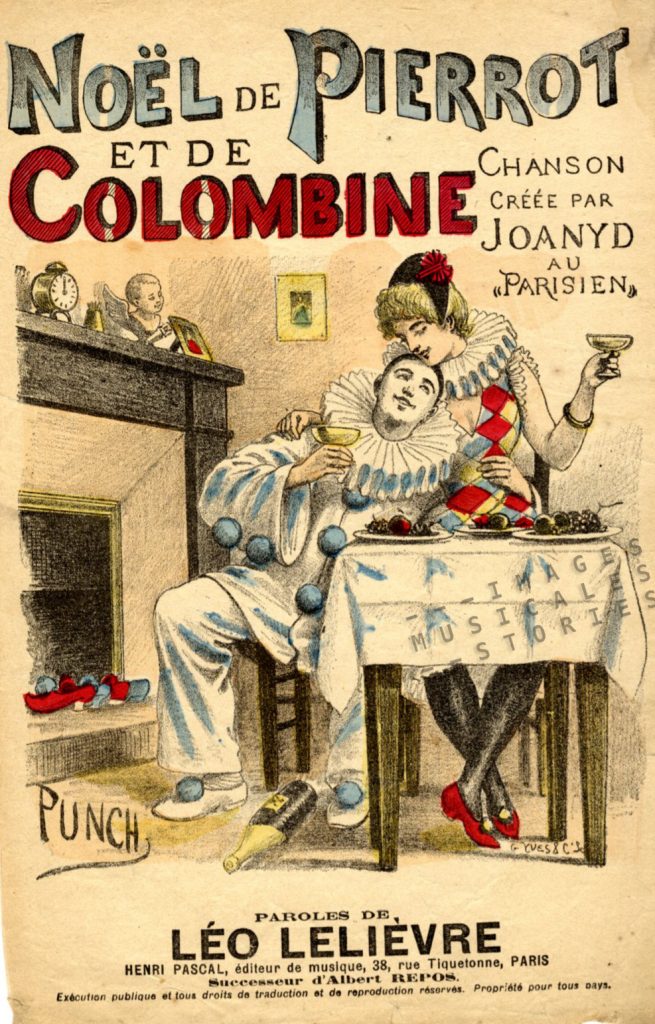
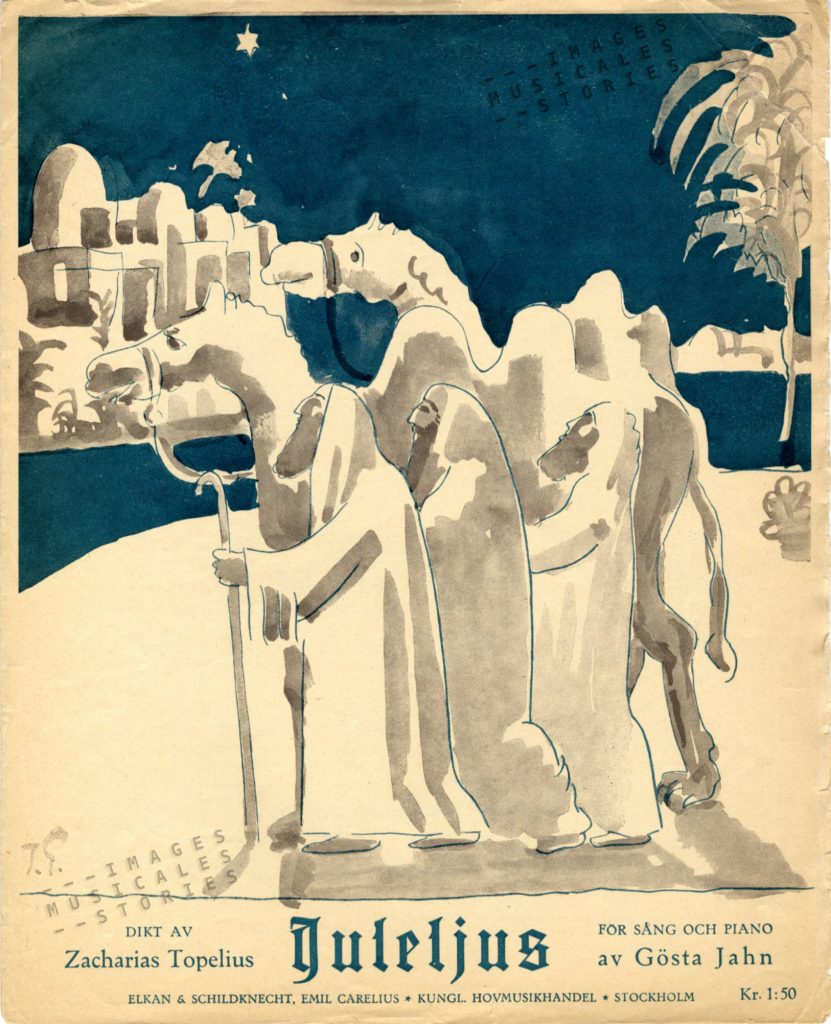
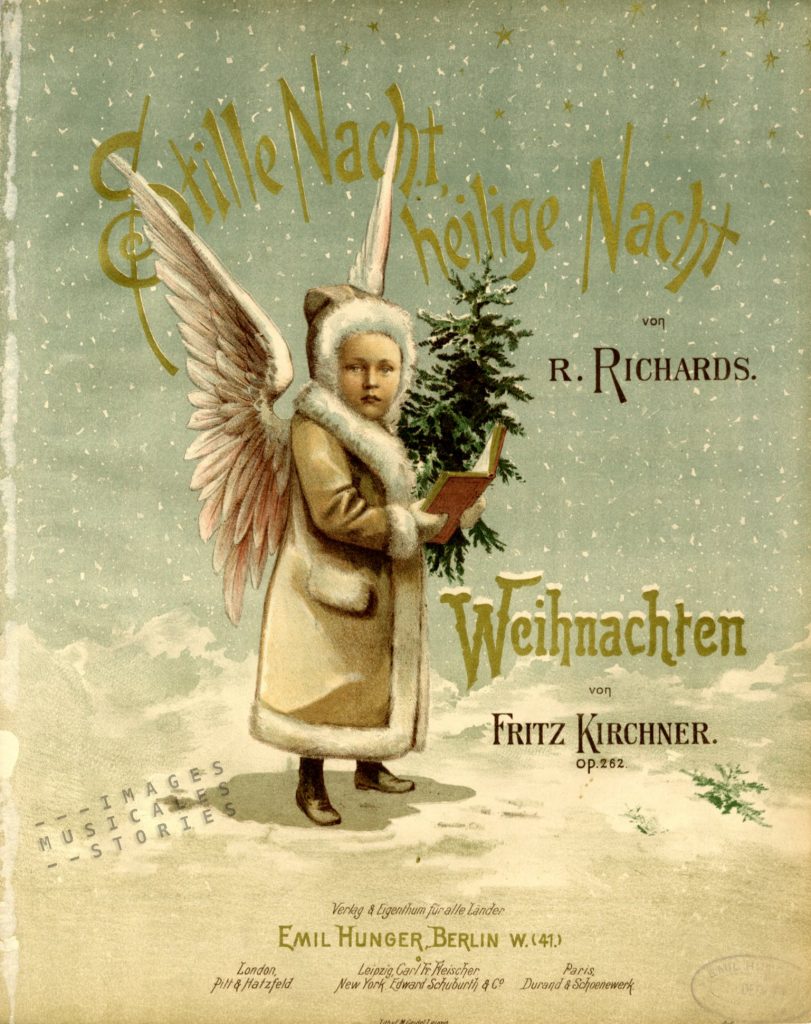
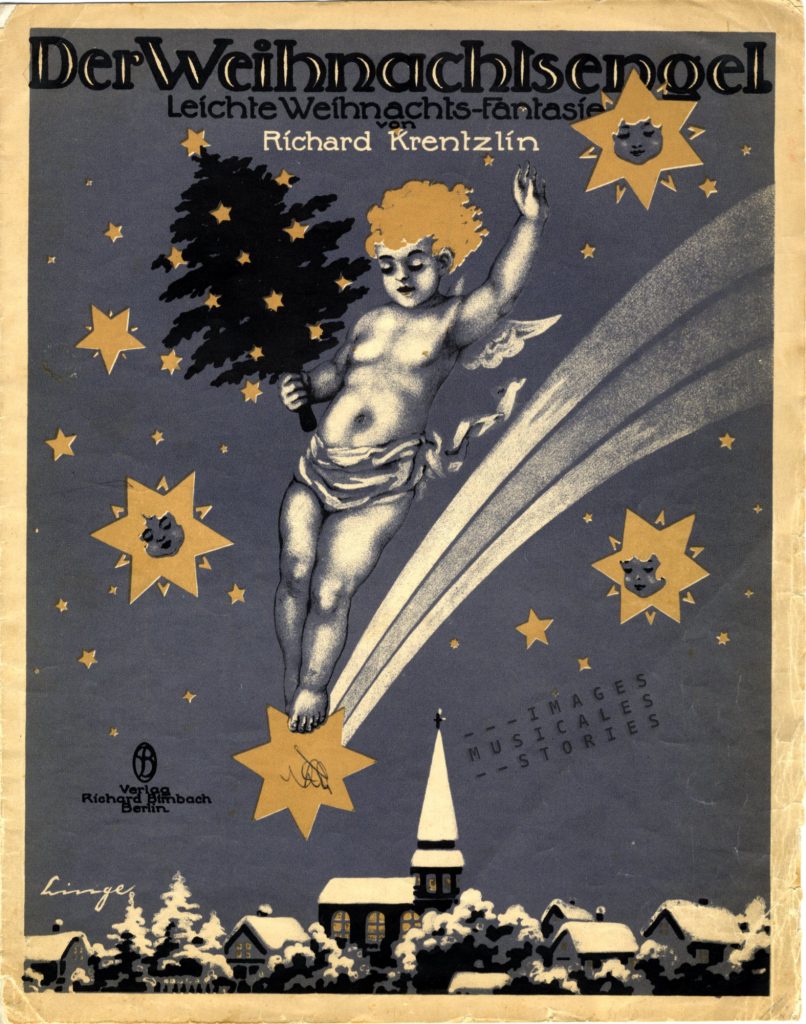
Further reading: a few pages on the net are dedicated to the life and work of E. T. Paull, amongst others at the Parlor Songs Academy and on ‘Perfessor’ Bill‘s website.
To see more covers of E. T. Paull, visit the Lester S. Levy Sheet Music Collection.
Not enough Christmas covers? Look here in our sheet music collection.

